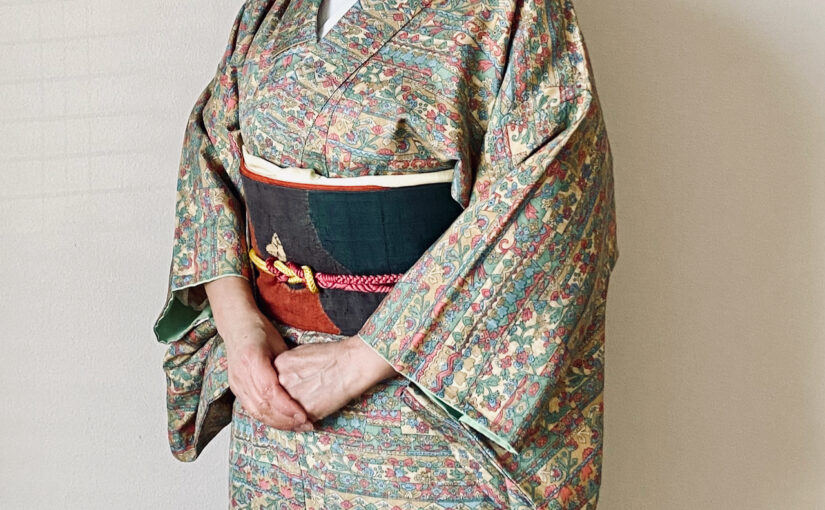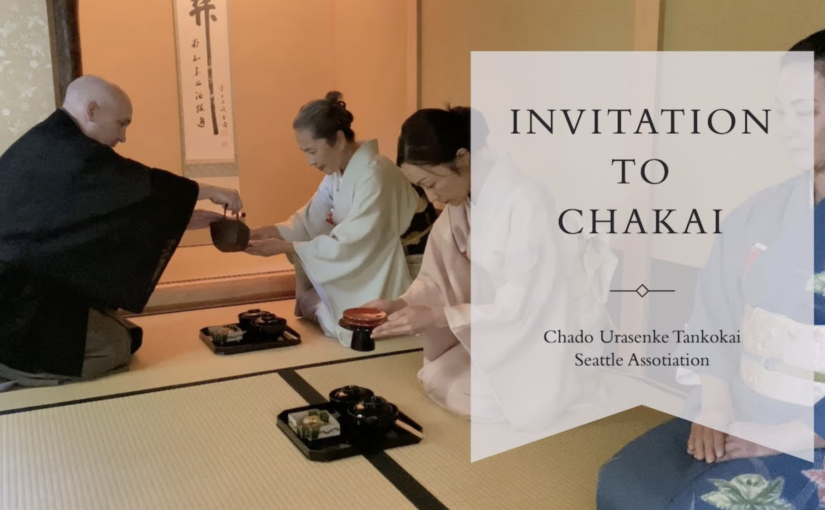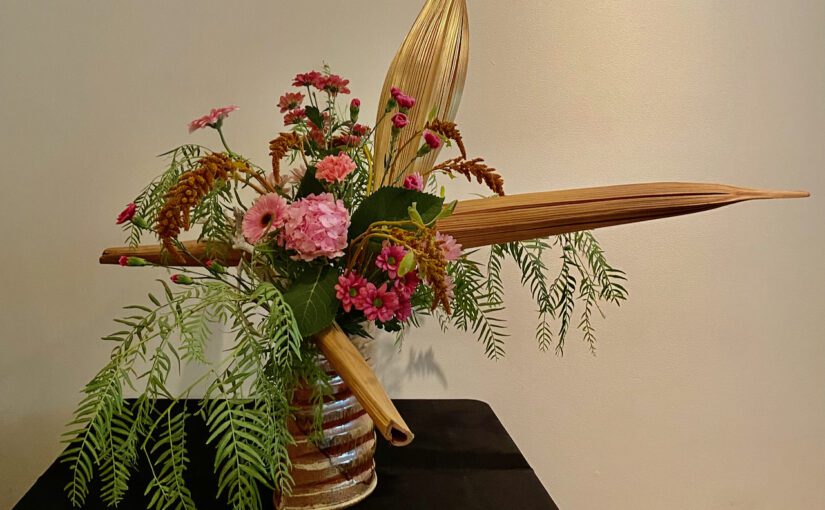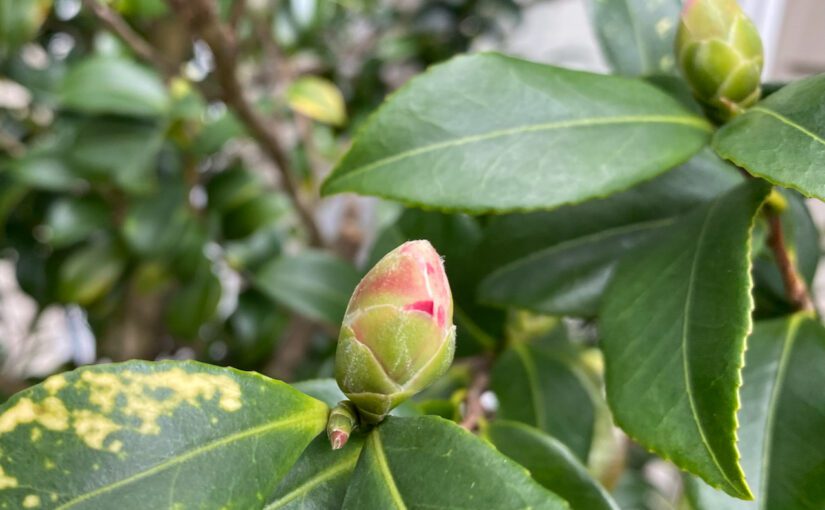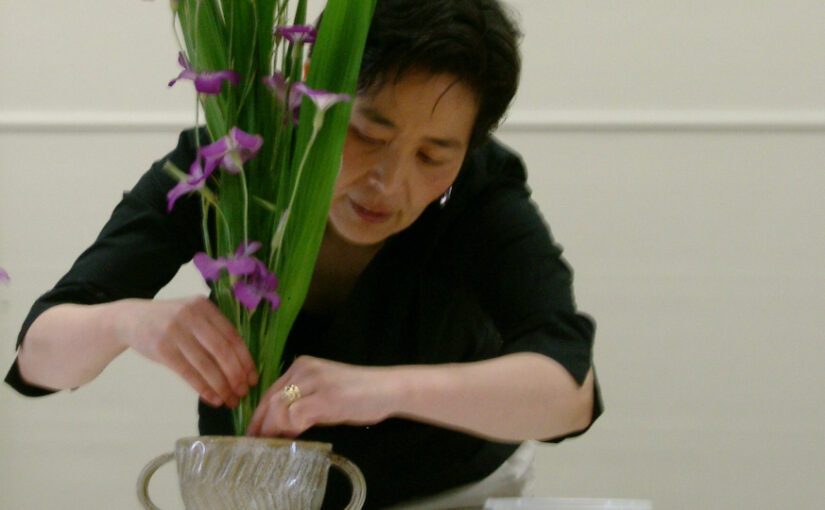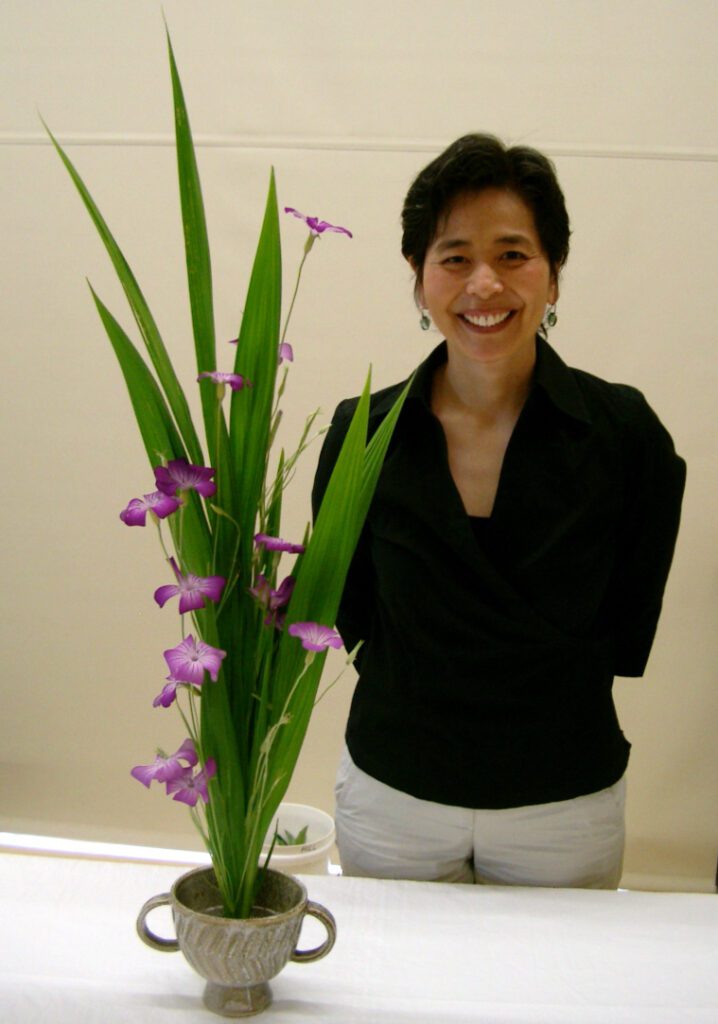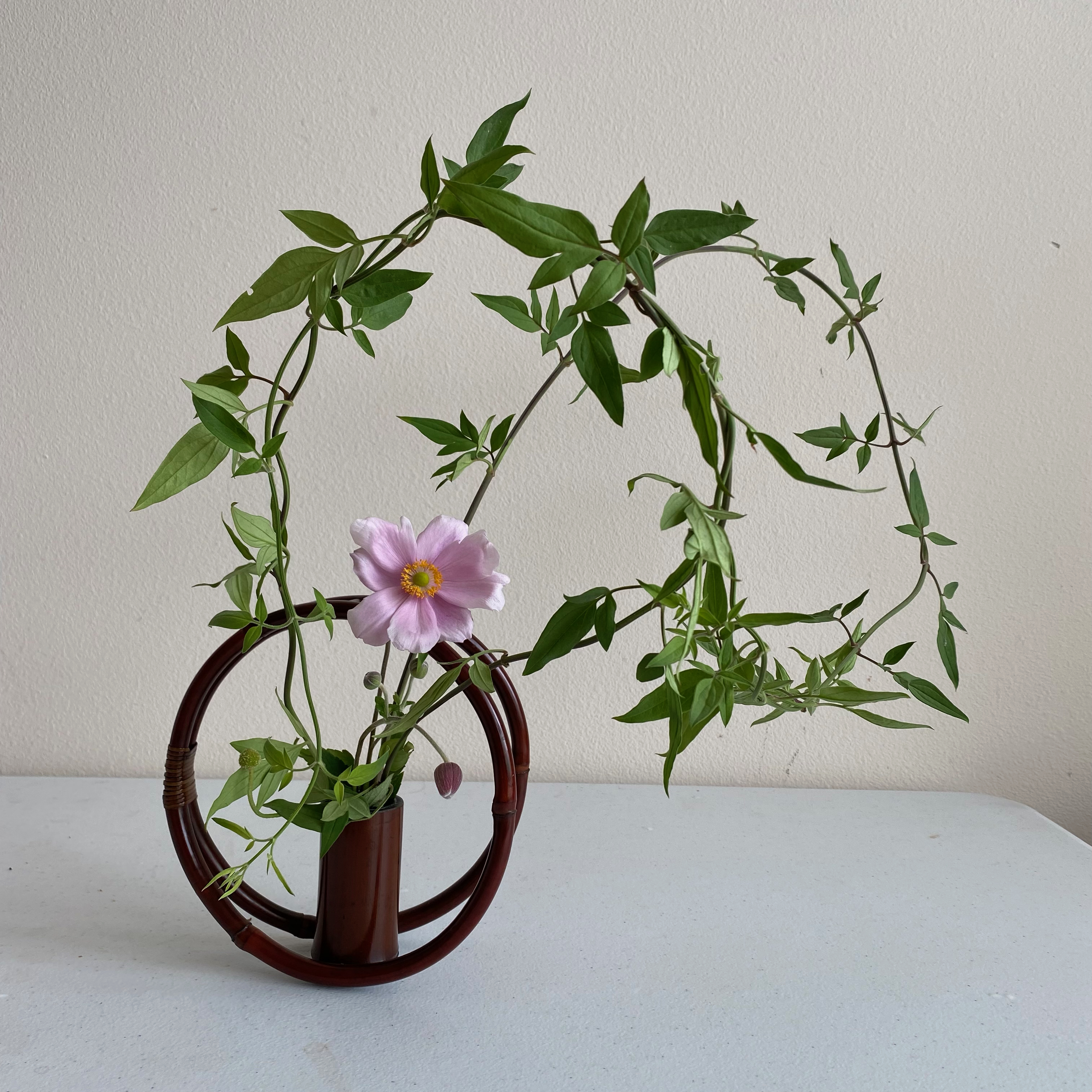You might call it a reverse discrimination, but celebrating twice was better than once.
Photo of me and my mother in 1965
I totally forgot about this photo, but Diane Neill Tincher’s article on Medium has inspired me to time travel to 57 years ago!
Shichi-Go-San — The Day of Happy Shrine Visits for 3, 7, and 5 Year Olds
If you see the photo above, you might doubt if I was really three years old, but I was. Since after 3 months I was born until 11 years old, I used to be the tallest kid in the class.
I’m not one of these who have picture memories of very young age, so I have no recollection of what I saw, where I went, or how I felt on that day when I had my picture taken. By looking at those photos in my album, I can only imagine what it was like back then. It’s hard to believe that my mother was once so young (no wrinkles!). She must have been 26 then.

Another photo of me in Shichi-Go-San
Even my mother doesn’t remember which shrine we went. It must have been an inconspicuous, a small local shrine somewhere eastside of Osaka Castle.
My other photos from those days indicate that most of the road in the neighborhood was not paved yet. As you can see in the picture above, houses were humble. Back then Japan was experiencing high economic growth, but most people were poor or modest.
Diane’s article mentions that both boys and girls celebrate at age 3, but as far as I remember, only girls celebrated at age3. In my memory, girls celebrated both at age 3 and 7 as boys celebrated only at age 5.
I remember that I felt great that only girls get to celebrate twice in life whereas boys had only one chance to celebrate Shichi-Go-san. Maybe political correctness might have altered this “reverse gender discrimination”.


